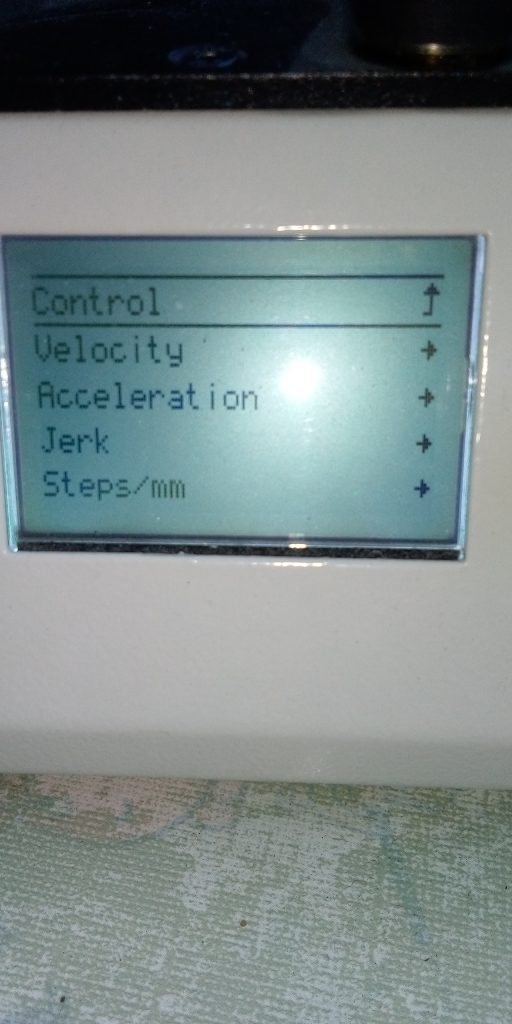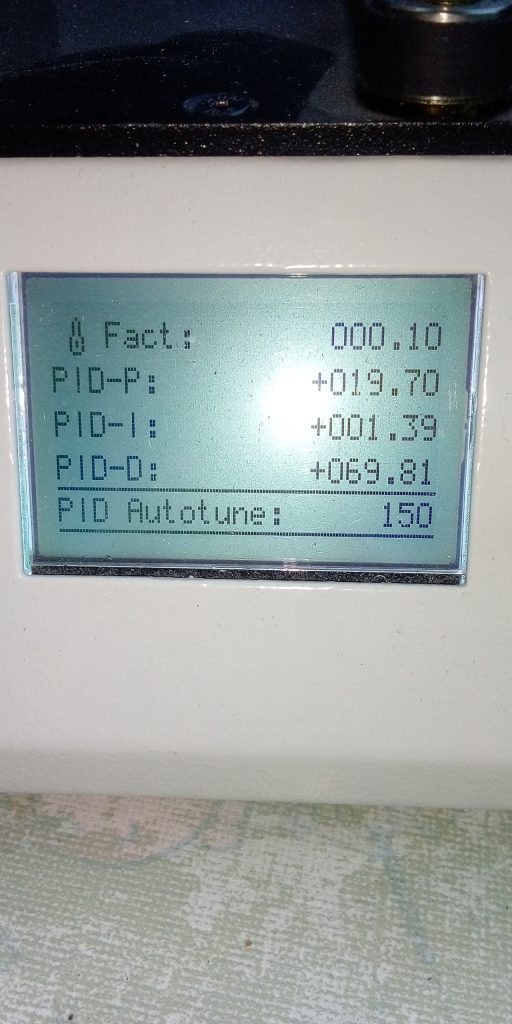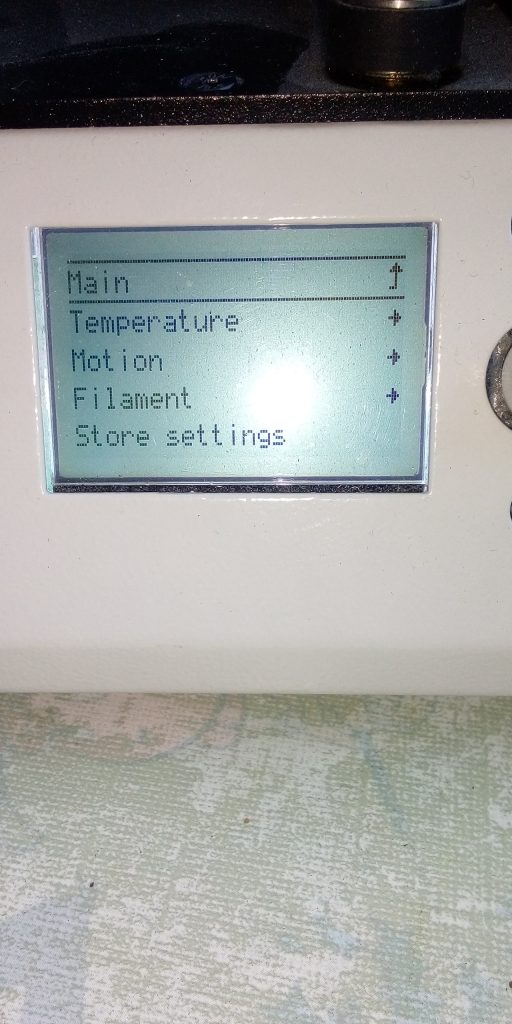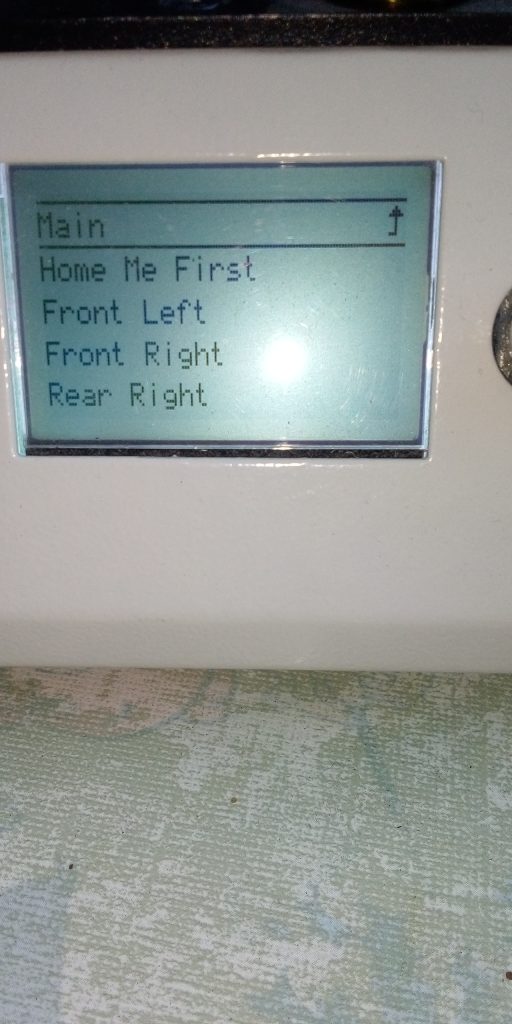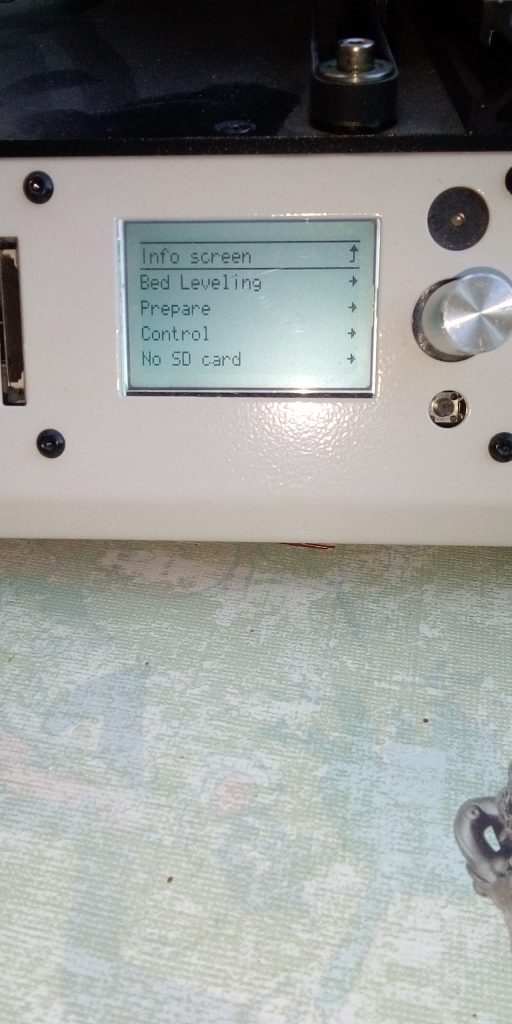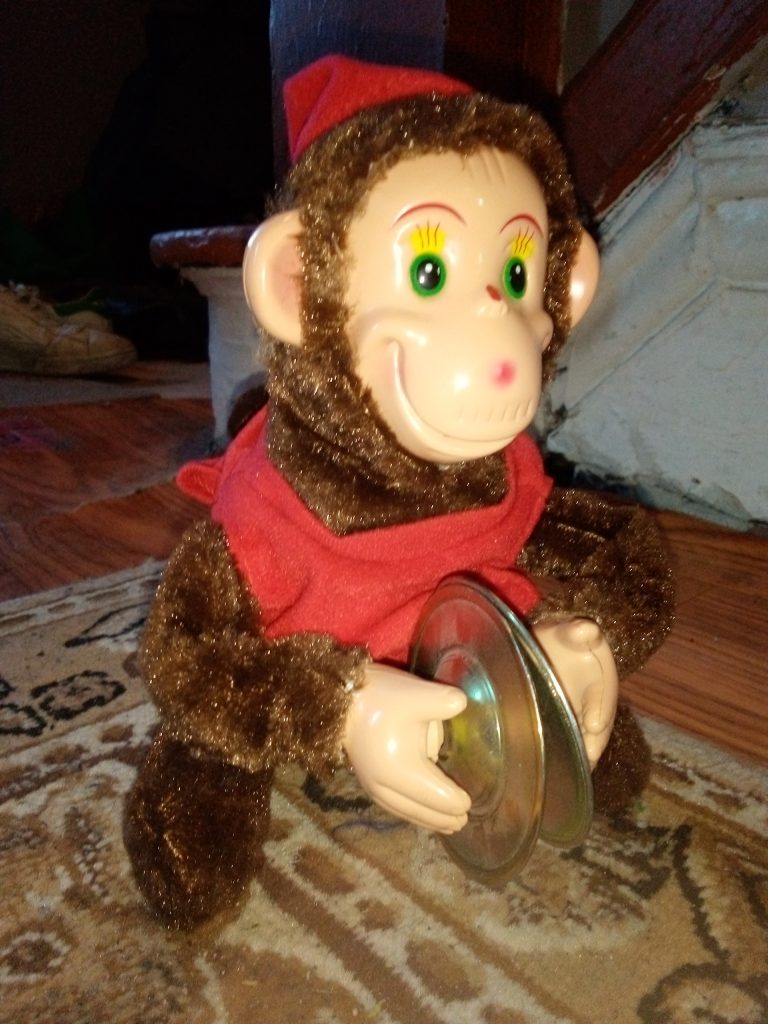Here we will talk about how to set up the printers to print your robot parts.
Inmoov is probably the most impressive site where you can download the STL files to print out your entire humanoid robot and then get the open source code to make your servos move the body parts.
3d Printers use a roll of plastic filament which gets fed into the printer, heated and then it forms your model layer by layer.
Just about everybody will buy their filament but here is a strange Youtube video by a guy who shows how to convert a plastic pop bottle into long lines of filament! Simply amazing. https://www.youtube.com/watch?v=Eecbdb0bQWQ
Now, 3D printing has suddenly gotten really big in the last few years as prices have dropped to the under $300 point and we will soon see a time when printing in 3d is about as common as printing a letter using regular ink jet printing!
So first of all lets explain what 3d printing is and why you would want to do it?
Its basically a way to design objects using a computer design program and then sending the 3 dimensional picture to the 3d printer where it actually produces that object with hot plastic by layering a few centimeters of melted plastic on top of each other until the whole object is printed out on the 3d printer bed.
With consumer level printers you would just print things in plastic but in expensive industrial 3d printers you could print things in metal or almost any material.
In the old days we had to take our ideas to professionals who could either produce these ideas using a high end 3d printer or something like a CNC machine or perhaps a commercial lathe.
But you now you might be an artist who wants to print their latest sculpture design or an entrepreneur who wants to print a prototype of their product or maybe a hobbyist who needs to print an extra wheel for their remote control car.
Your 3d prints will usually be the size of a cup of coffee but could be larger and in that case you would slice the design up into peices using the 3d sotware and then print out a handful of your models and glue them together.
There are people who 3d print a small car and of course the robot website InMoov.fr allows you to 3d print out an entire 6 foot tall humanoid robot and then add the electronics to it to make it a full blown robot and not just a plastic manequin.
We probably all heard the stories back in the 1980’s about how scientists were able to print plastic heart valves for patients using what they called 3d printers in the lab which back them cost maybe $100,000.
Now a similar printer might cost $3,000 or do a reasonable job with a $400 printer.
Now just for trivia sake, the first 3d printer was formally invented by Charles Hull in 1988 and many improvements have been made since with over a dozen name brands to choose from.
Now lets describe a bit of the process that you might go through when doing a print.
You could print some design that someone already made available by going to a site like thingiverse and then download the 3d STL file and print it out.
Or you can design your own creation by getting a free or paid 3d design program.
Each printer may have you adjust a few knobs and make sure the printing bed is level before you start.
You may have to first put some masking tape on the bed or dab some glue on the bed so your freshly created layers of plastic will stick and not fall off the print bed.
You would output the file and then use another program or a step within the first program to slice up your object in thin layers to print it. One program that does the splitting is called Replicator G.
Your 3d printing program could be installed on your computer or it could be accessed on the cloud on the internet or you may not need a printer and just have the stl file inserted into your 3d printer usb slot and then just adjust some LCD controls on your printer and print it out.
Now assuming that you have loaded a roll of plastic called filament on your printer spool, then once the file is sent to the printer it will start to buzz and go back and forth melting the thin roll of plastic that it has at the back and slowly form the first layer of the object and then another and another until it is done in maybe !0 minutes or a few hours.
You would then let the printed object cool off and then snap off the excess pieces and you are done .
Okay lets explain the technology a bit more.
3D printers use a process called additive layer manufaccturing.
You buy rolls of one of the special types of plastic and when the machine starts it heats it up thru the part of the machine called the extruder.
The most commonly used material for low end printers is plastic PLA but you could also use ABS but it has differences.
ABS is more flexible but you need to use it in an enclosed printer since wind can affect the print. ABS is more brittle. There is also TPU which is flexible enough to make a cell phone case.
The 3d printer head moves around laying down layer after layer of plastic until the object is finished.
There can be a fair bit of learning and skill to get it totally right but anyone can output a simple blob of plastic to simply see how the machine works.
Lets talk a little about how to decide what kind of printer to buy.
A basic consumer user can start with a $400 printer and then decide if they really want to continue and buy a better one the next time.
Some differences you might see are the speed of the printing, the quality or resolution of it, the size of the printing bed and if you can print several objects at the same time and if it can print two different colors of plastic.
Many people don’t realize that printing some objects could take 20 minutes or several days and one should really not leave the house when the printer is going because machines can screw up and unless you are watching it remotely and can control it from afar, then stay home while printing .
The majority of under $400 printers use FFF technique, where a spool of plastic is fed into the printer and melted into layers on the print bed. Two types of plastics are available ABS and PLA. It takes more heat to melt ABS but it gives off possibly dangerous fumes. You also need a heated bed for it.
The printer shown at the top of this page is a Michalangelo without a heated bed.
You will find yourself buying spools of filament and there are usually two thicknesses.
Its funny but 3d printing filament looks just like rolls of weed eater line for cutting your lawn grass.
One other important detail is that some 3d printers are called “closed frame” because there is a glass enclosure around the whole printer which contains some of the odors and prevents the user or some kids from touching the hot plastic or the printer parts. It does look more professional to have an enclosure around the hot printing head.
